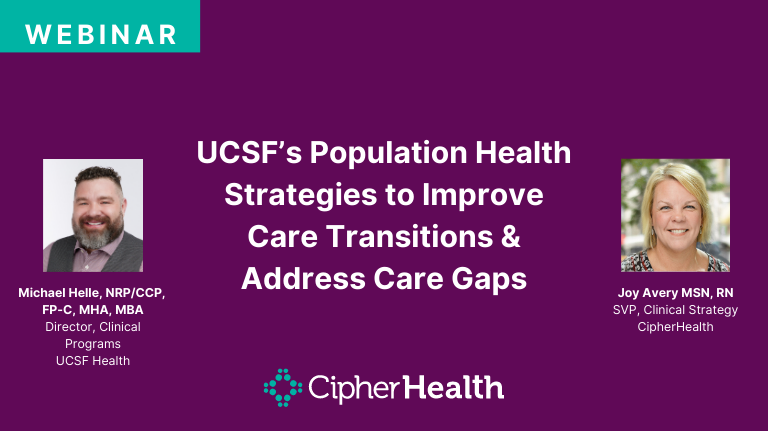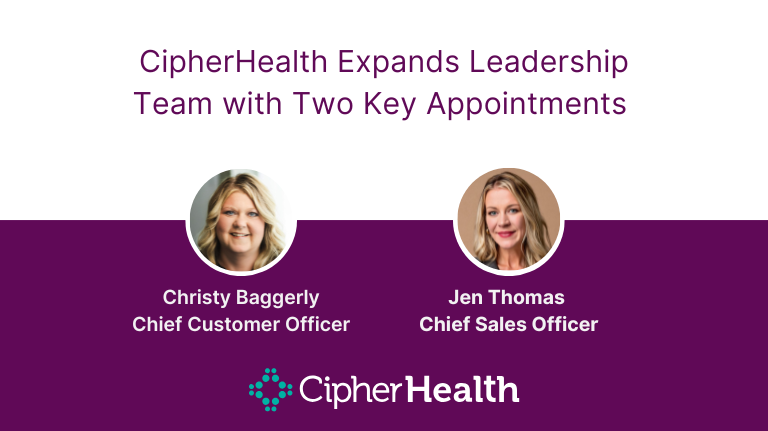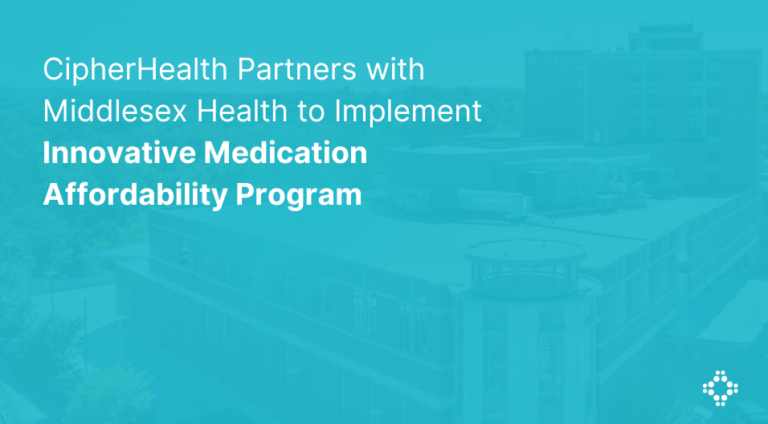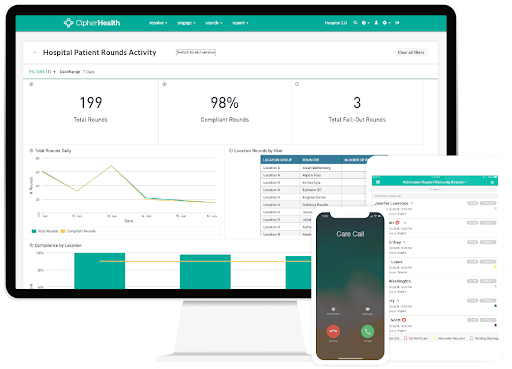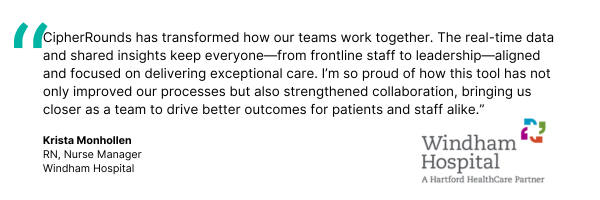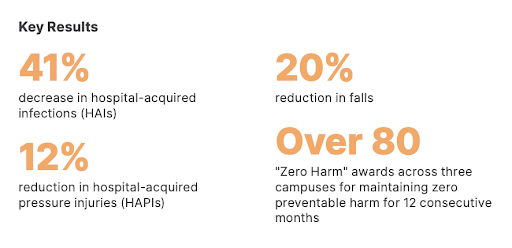Rounding is essential to delivering high-quality patient care. When it’s done well, it keeps care teams aligned, supports timely follow-ups and leads to better clinical outcomes.
But traditional paper-based rounding is often time-consuming, inconsistent and prone to error.
That’s why more healthcare organizations are turning to digital rounding tools to streamline workflows, improve communication and drive measurable results across leadership, staff and patient care.
In this article, we’ll explore why this is the smarter approach of digital rounding.
Why Use Rounding Software?
Rounding software replaces fragmented, manual processes with a more connected, data-driven approach. By centralizing documentation, patient feedback and communication in one platform, care teams can act faster, track trends more easily and deliver more consistent, high-quality care.
At Cone Health, rounding participation jumped to as high as 73% of patients weekly after implementing CipherRounds—a measurable improvement in coordination and patient engagement.
In addition, Self-Service Rounding reduces the burden on clinical staff by allowing patients to self-report needs at their convenience. This not only frees up time for clinicians to focus on high-priority patients, but also encourages more consistent patient engagement throughout the care journey.
5 Benefits of Rounding Software
Rounding software delivers consistency, visibility and faster follow-through across care teams and locations—regardless of your health system’s size. Here’s how it compares to traditional, manual rounding methods:
1. Real-Time, Accurate Documentation
With digital rounding, staff can document directly at the point of care—no paper notes or delayed EHR entries. This ensures accurate, up-to-date information and reduces the risk of errors or omissions.
In contrast, traditional rounding often relies on handwritten notes or verbal updates, which can lead to incomplete records and delayed data entry.
2. Faster, More Efficient Workflows
Automated checklists, streamlined documentation and integrated workflows free up valuable time. Staff can focus on high-priority patients rather than repetitive administrative tasks.
In contrast, manual rounding places extra burden on staff to coordinate and track follow-ups—something that’s especially challenging during staffing shortages or during peak times.
3. Better Team Communication and Coordination
Everyone stays aligned with secure, centralized communication and shared access to rounding data. Teams can respond faster to patient needs and collaborate more effectively.
In contrast, traditional methods lack real-time visibility, increasing the chance of miscommunication or delays.
4. Stronger Patient Engagement
Built-in tools like feedback surveys and self-service rounding options empower patients to participate in their care. Concerns are flagged quickly and service recovery becomes proactive.
In contrast, with traditional methods, patients have fewer opportunities to voice concerns during traditional rounding, limiting engagement and responsiveness.
5. Smarter Use of Staff and Resources
By automating routine tasks, rounding software boosts staff productivity and helps reduce operational costs. Resources can be directed where they’re needed most.
In contrast, manual rounding adds administrative overhead and can drain time from patient-facing activities.
How Rounding Software Delivers Results Across Care Settings
Across healthcare systems, digital rounding software is helping teams strengthen communication, boost morale and deliver safer, more personalized care. Here’s how organizations are seeing measurable results in different rounding use cases:
Leadership Rounding: Building Culture Through Consistency
At Hartford Healthcare’s Windham Hospital, CipherRounds brought structure and intention to leadership rounding. Standardized digital check-ins helped leaders connect more consistently with staff, identify concerns early and proactively support patient needs.
The result: an 11-point increase in teamwork scores and a significant improvement in patient experience, with over 80% of patients rating their care as “Very Good.”
 Staff Rounding: Supporting Teams to Improve Retention and Care
Staff Rounding: Supporting Teams to Improve Retention and Care
In this collection of case studies, we see how staff rounding can play a critical role in improving retention, morale and quality of care.
Henry Ford Health expanded its staff wellness program using CipherRounds to support fortline teams. Through regular check-ins, the program delivered emotional and psychological “first aid,” resulting in 75,000+ wellness rounds and nearly 1,000 EAP referrals.
At Norton Healthcare, similar efforts led to a 15% increase in both patient and staff satisfaction scores within one year, underscoring the impact of structured, data-driven rounding programs.
A 160-bed urban hospital also saw results, including a 56% improvement in nurses’ ability to resolve issues and a 55% increase in satisfaction with the rounding process.
Patient Safety: Driving Quality Improvements
ChristianaCare, a nonprofit health system in Delaware, used CipherRounds as part of its “Perfect Care Bundle” to advance patient safety system-wide. With customized rounding protocols and real-time data, they reduced hospital-acquired infections by 41%, pressure injuries by 12% and falls by 20%.
The initiative also earned the organization over 80 “Zero Harm” awards across three campuses and national recognition as one of Healthgrades’ America’s 50 Best Hospital.
Rounding Software Makes a Real Difference
Digital rounding tools are no longer optional for healthcare organizations—they’re essential for improving communication, streamlining workflows and delivering safer, more personalized care.
At CipherHealth, we’ve seen how the right software can turn rounding into a strategic driver of patient and staff outcomes.
That’s exactly what CipherRounds is built to do. It’s a unified platform that strengthens staff-patient connections and enables timely interventions.
With real-time alerts, digital checklists and self-service rounding, it reduces documentation time and flags issues earlier.
Structured leader rounding boosts staff engagement, while combining staff-led and patient-reported feedback gives organizations the insights they need to improve care and drive measurable gains in satisfaction, morale and HCAHPS scores.
Ready to elevate your rounding strategy? Contact us today to see how CipherHealth can help.
